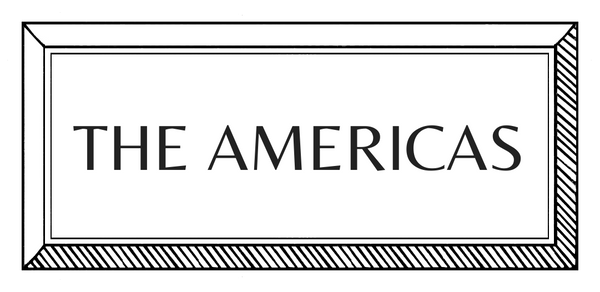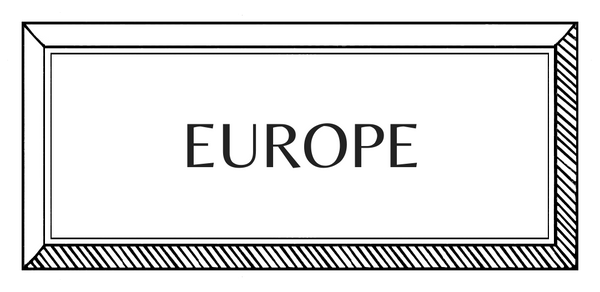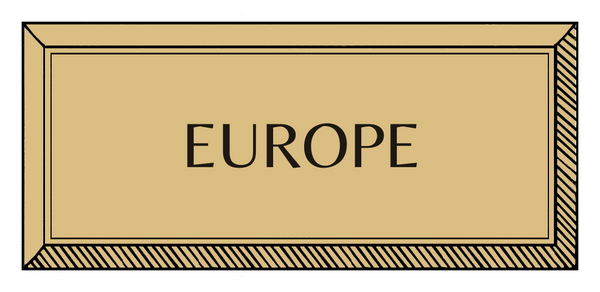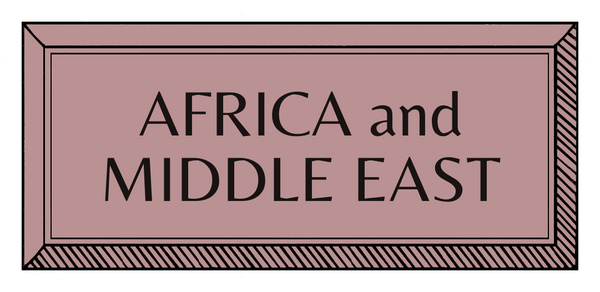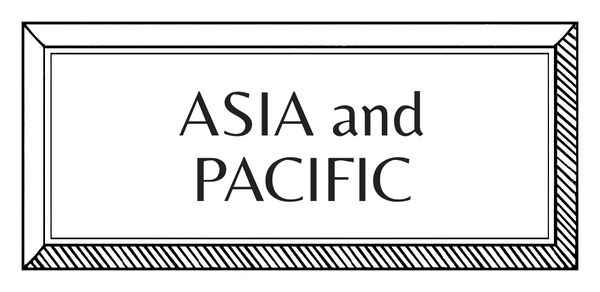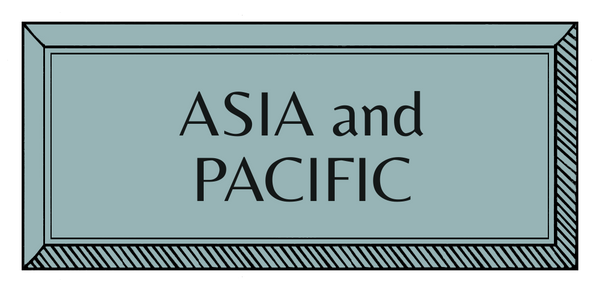MAKERS | EUROPE | UK | BRUSHMAKING
Rosa Harradine | Brush Maker

In a rural corner of West Wales, a near-forgotten craft has found new life in Rosa Harradine's hands. She uses traditional techniques and globally sourced fibres to create hand-bound brushes and brooms from her tin-roofed garden studio in Carmarthenshire. What began as a hobby has evolved into a distinctive practice, where everyday practicalities are elevated through an intricate process and vibrant design.

How did you begin?
I trained in music originally. I studied at Goldsmiths in London and played the clarinet, saxophone and piano. But after graduating, I realised I wanted to do something more practical, something hands-on.
I tried a few other crafts, such as woodwork, basketry, and spoon carving, but then I came across brush making online and thought I’d give it a try. I started posting what I made on Instagram, and people asked if they could buy them. It happened enough times that I thought maybe this is what I do now.
How did you learn?
I’ve never had any formal training. I taught myself during lockdown, sitting in the garden in the summer and just giving it a go. I watched YouTube videos and found a couple of hundred-year-old broom-making books with fundamental step-by-step instructions.
I was also experimenting a lot. Even finding the right materials proved to be a challenge. I spent ages scouring the internet, trying to track down fibres that would work. Eventually, I found a company in Wiltshire that imports them in bulk, so I get much of my fibre there.

How do you plan, prepare and create your works?
I use a variety of brush styles and types of fibre, such as broomcorn, Tampico, and Arenga, and then I change the colours with each collection. I cannot easily visualise things in my head, so I must lay everything out and combine colours to see what works.
It’s a lot of trial and error. I love using bright colours. There’s something joyful about bringing that kind of vibrancy to an everyday object.
Who or what most influences your work?
I’m inspired by the idea of making functional and beautiful things. That’s what I always come back to. William Morris said that, and I think it’s a principle that resonates. I entered the world of craft by using materials. I began buying handmade wooden spoons and using them daily. I loved the idea that you could know who made the thing you were holding and that it could have purpose and presence.

What does a typical day look like?
My workshop is in my garden. We purchased the house a couple of years ago, and the workshop was included with it. It was once owned by a funeral director who made coffins there, so it has always been a place of creation. It’s this beautiful corrugated tin building; you can hear it pattering on the roof when it rains. There are roof lights and windows all along one side, so even on the darkest days, it’s full of natural light. I’ve got a little wood burner in there, too. It’s a peaceful space: just birdsong, weather, and the work.
If I’m working on big brooms, I’ll start by sorting all the broomcorn by length and quality. I measure every single piece. Then I soak it in water before I can use it, so I’ll do that in the morning, make a cup of coffee, get everything prepped, and then return to it later in the day. Sometimes, I paint broom handles or do some woodwork. I have a little piece of woodland where I cut hazel and willow, which I also use for handles. The broomcorn is added in three layers, with a specific weave that shapes the broom. Once it’s all bound and woven, I leave it to dry for a few days before trimming and stitching. It’s a long process, but I love that each stage asks something different.

The joys and challenges of your vocation?
I love the variety. There are so many different stages to what I do. It keeps things interesting, and the repetitive movements are meditative. You get into a flow state.
That said, it can be challenging to work alone. I live in quite a rural area, so I don’t have that creative community around me that you might get in a bigger city. I must seek that out; sometimes, I miss that sense of shared space.
A place or space that inspires you?
There’s a museum near Cardiff called St Fagans, the National Museum of History. It’s an outdoor museum featuring buildings from various eras that have been relocated from their original sites. There’s everything from medieval homes to 1920s general stores, and the craftsmanship in each building is incredible. I could spend weeks there and never get tired of it.

Interview by Emma Becque
Images from Rosa Harradine


